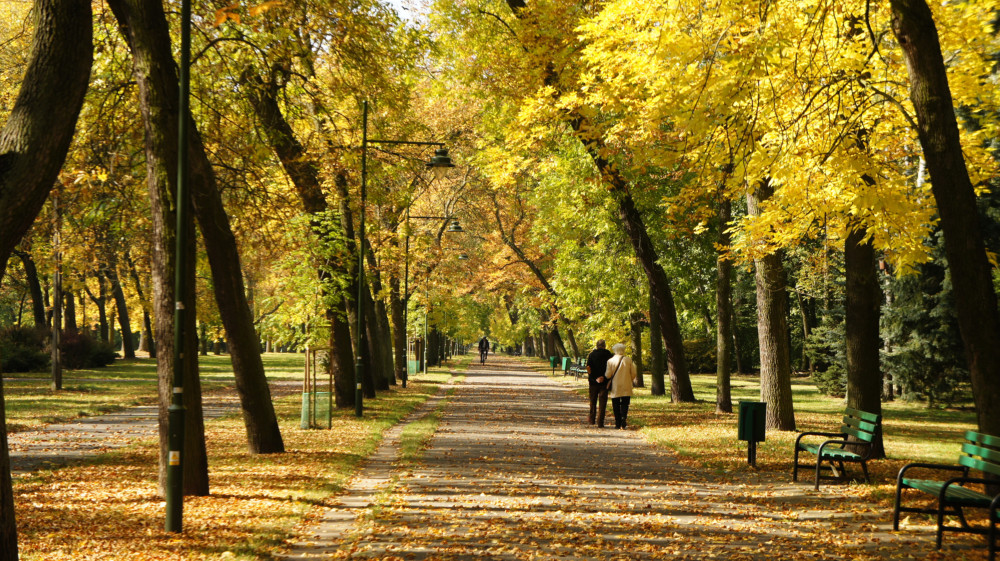By Timothy J. Ledbetter
Tri-City Herald
WWR Article Summary (tl;dr) As Chaplain Timothy J. Ledbetter points out, “The issue isn’t our dry spells, per se. It is how we find ways to survive and thrive, how we cope and find hope when our senses of being, belonging and behaving are NOT lush and green with vibrant growth.”
Tri-City Herald
Recently while walking out in our shrub steppe desert, I noticed that at least one species of sage has been trying to bloom tiny yellow blossoms. That was even before the recent rainstorms.
You know how dry it has been all summer, so the tenacity of these remarkable plants is rather impressive. I’m no biologist, but am aware that the only way sage and other desert plants can survive our seven or so annual inches of rain is to put down deep, deep roots.
You can probably guess where I am going with this reflection.
There are many types of dry spells in life, mental, emotional, relational, spiritual, even physical (just ask any athlete or sports team). Respectively, we may describe such droughts as writer’s block, the “blahs,” mere co-existence (rather than marriage), meaninglessness or burnout.
Yes, dry spells can and do happen to everyone at one time or another, to the most creative, intact, connected and grounded persons among us.
No one is immune from hot parching seasons in life. In fact, our long arid stretches are to be expected, they come with the territory where we have chosen to live, work and play.
The issue isn’t our dry spells, per se. It is how we find ways to survive and thrive, how we cope and find hope when our senses of being, belonging and behaving are NOT lush and green with vibrant growth.
In two words, the answer as alluded to above is deep roots. Around these parts, most of our refreshing, life-sustaining water comes either from rivers or aquifers. There ain’t much in between.
Good snows each winter make for full reservoirs and full water rights each summer; light snows raise the risk of water rationing.
Of such is the fickleness of weather patterns. On the other hand, aquifers or groundwater levels are much more stable and dependable. (Of course, my metaphor can break down when we overtax aquifers and force the drilling of deeper and deeper wells, but stay with me for the sake of the argument.)
Deep roots sunk down into that which truly nourishes and sustains, this is a key part of blooming in the deserts of life.
Thinking about things that matter more than sports scores or soap opera developments; allowing ourselves to feel and not suppress profound feelings of sorrow, delight, bewilderment or even anger; caring and daring to be vulnerable with those we love AND those we don’t understand; seeking the foundational and divine life-giving sources of inspiration and meaningfulness, these are the “waters” that our life-roots need to make the most and make sense in our lives.
Dryland farmers know exactly how important caring for the soil is for preserving enough moisture for good crops. We are no different.
We are humans, made from humus (earth, dirt), called to be humane in our conduct, needing good humor to ease the bumps along the journey. And we need enough moisture from above and below to bloom, even in the desert.
___
ABOUT THE WRITER
Timothy J. Ledbetter, DMin, BCC serves as a Board Certified Chaplain helping persons in crisis effectively cope and find their hope in hospital and hospice settings and is a Tri-City Herald Spiritual Life contributor.)














































































































































































































































































































































































